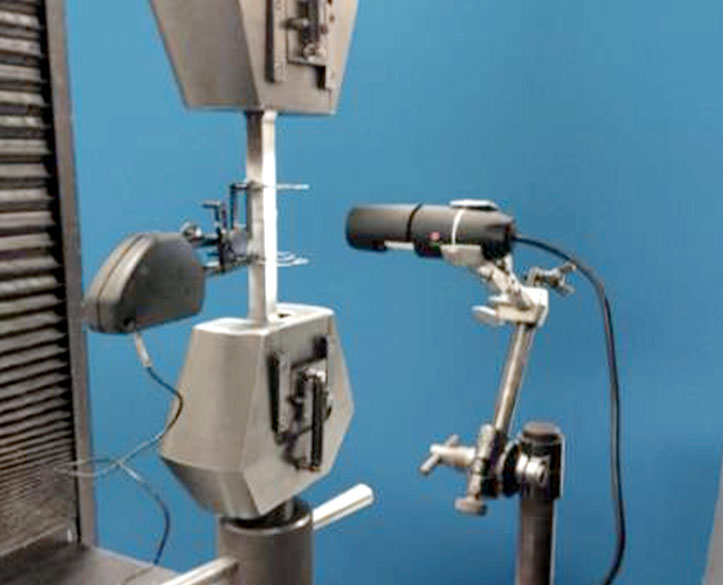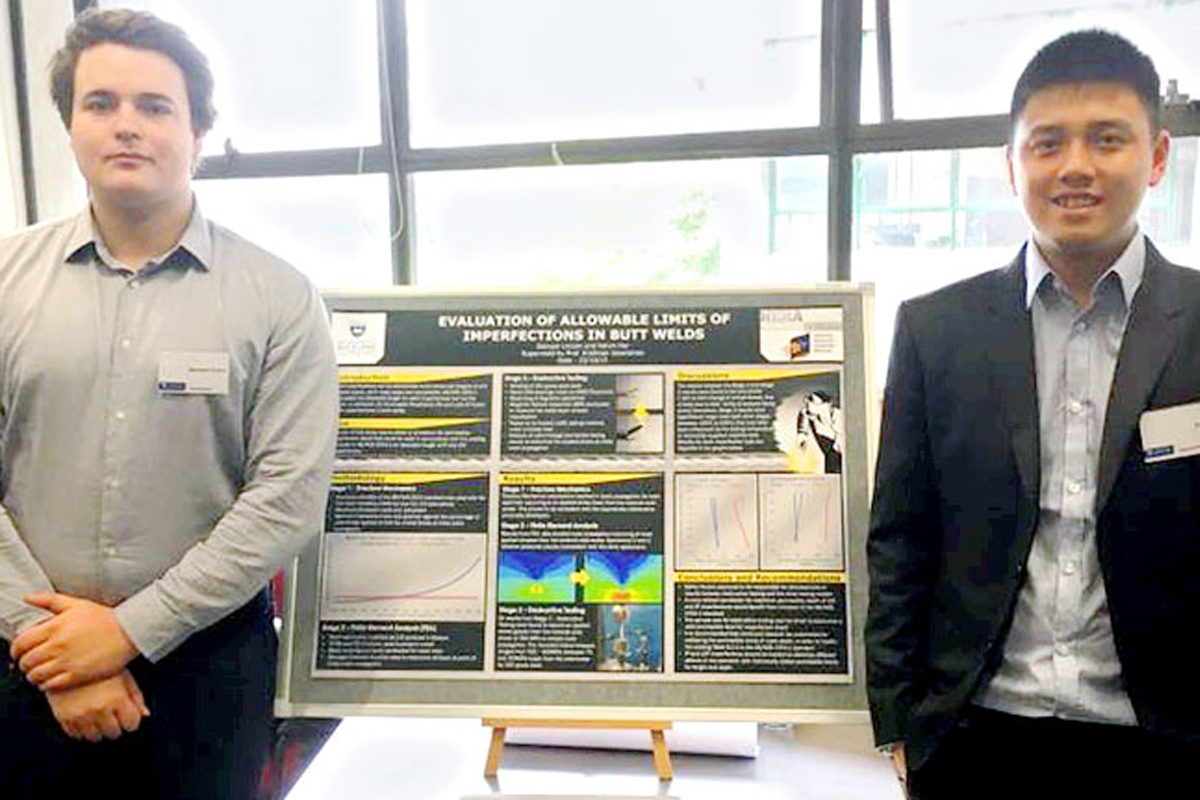Integrity of steel structures relies on welded connections. Quality requirements for welds are specified in underlying welding standards that are well established.
The weld quality criteria of the standards have proven to be safe. The acceptance criteria for welds are largely based on industry best practice values. The objective of this student project was to assess some of the most critical weld imperfections using a combination of fracture mechanics, finite element analysis and physical testing
The research focused at allowable limits of imperfections “Lack of Fusion and Incomplete Penetration” of AS/NZS 1554.1
The approach in determining the allowable depth of imperfection is based upon three different methods, each proposing a solution to validate one another.
The methods used are categorized into Stage 1, that is based on the fundamentals of fracture mechanics, Stage 2, based on Finite Element Modelling and Stage 3, Destructive testing.
Stage 1 consists of the basics of fracture mechanics, which comprises of various methods such as the crack growth resistance method and the stress intensity factor that determines the allowable crack size before the welded structural steel is not fit for service.
Stage 2 involves Finite Element Modeling, which helps to provide a more in-depth analysis on the allowable limits of cracks when different forces are applied. The existing defects that are modeled as cracks will display crack propagation into the welded steel specimen. The finite element modeling software “Abaqus” was used throughout the analysis.

Stage 3 involves destructive testing which encompasses placing the welded specimen through various modes of testing. The results obtained will then be tabulated based upon the stress obtained when the initial crack begins to propagate throughout the entire welded specimen.
The investigation methods applied assisted in understanding of the impact of the imperfection size and location on the performance of the welded butt welds. Further research is required to validate the experimental and analytical techniques used, and to include a range of materials and plate thicknesses.
This project has been supervised and supported by the University of Auckland and HERA, where the work is likely continuing within follow-up student projects.
If you have any questions you can contact the students directly.

